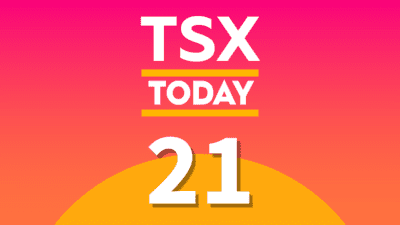Canadians have some fantastic investment accounts at their disposal to help keep more of their hard-earned money in their pocket. The two most common ones are the Tax-Free Savings Account (TFSA) and the Registered Retirement Savings Plan (RRSP).
That being said, deciding which of these accounts to contribute to first can be confusing. Depending on your income level, tax situation, and personal circumstances, either account could be ideal for your contribution priorities. Here’s the breakdown of how to decide between your TFSA or RRSP in 2023.
When to choose the RRSP
The main benefit of an RRSP is the ability to defer taxes. This is because any contributions you make (18% of your 2022 income, subject to a maximum limit of $30,780) can be used to reduce your taxable income. Depending on your income bracket, this can result in significant savings.
A good reason to prioritize RRSP contributions is if you are currently in a high tax bracket and expect your retirement tax bracket to be lower. There’s no hard and fast rule for this, but if you make over $100,392, an RRSP contribution to lower your taxable income to a lower bracket could be a good idea.
Other valid reasons to prioritize an RRSP contribution over a TFSA one include the following:
- Your employer is matching any RRSP contributions. This is literally free money!
- You are a dual citizen of the U.S. and thus a U.S. taxpayer.
- You have reasons to shield your savings from creditors.
When to choose the TFSA
In most cases, the TFSA is the best first pick for contributions. Maxing this account out consistently is a great way to achieve financial freedom. For 2023, the contribution limit has been increased to $6,500.
If you prioritize your TFSA over your RRSP, don’t worry. Any unused RRSP contribution room can be carried forward indefinitely and used in later years when you’re (hopefully) earning more.
Another reason to prioritize a TFSA is if you have a work-provided defined benefits pension plan. In this case, your RRSP contribution limit will be reduced by the pension adjustment.
How to invest in each
Depending on which account you choose, there are further ways to optimize your tax efficiency when it comes to investments. For stocks, some good rules of thumb include the following:
- Keeping U.S.-listed stocks or exchange-traded funds, or ETFs, in a RRSP to avoid the IRS’s 15% foreign withholding tax on dividends.
- Keeping income-generating assets like Canadian dividend stocks, bonds, or real estate investment trusts (REITs) in a TFSA to avoid taxation.
An example would be buying the U.S.-listed Vanguard S&P 500 ETF in an RRSP, while buying the Canadian-listed iShares S&P/TSX 60 Index ETF in a TFSA.
These two ETFs are great examples for core portfolio holdings in a RRSP or TFSA. A great way to supplement them is with a few choice Canadian and U.S. stock picks (and the Fool has some great recommendations for those below).










